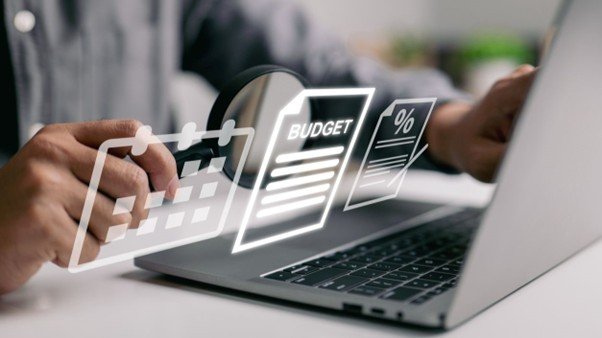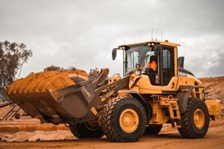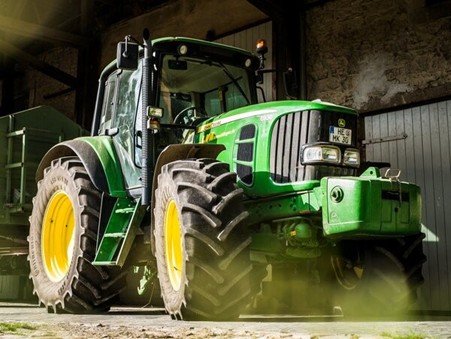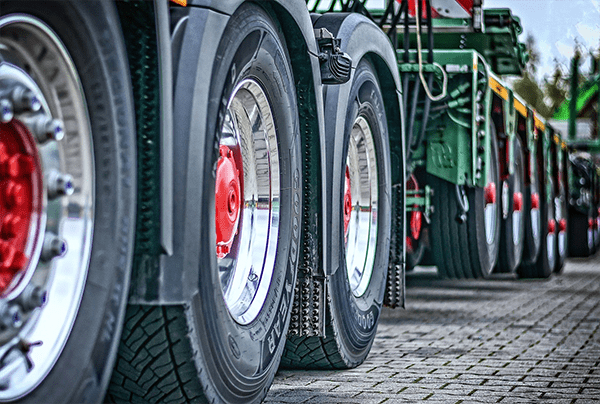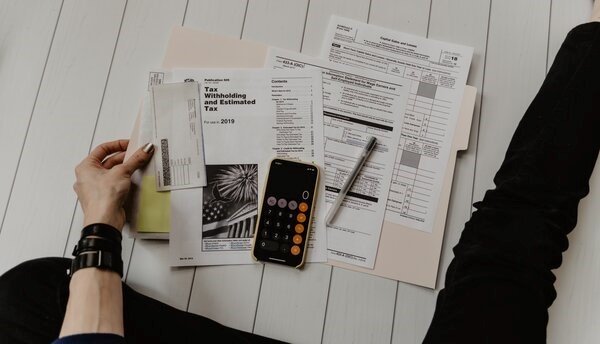The Decision to Purchase versus Leasing an Asset
Whether it’s equipment or vehicles, depends on a variety of operational, financial, and strategic considerations. Factors such as cash flow, the expected useful life of the asset, tax implications, and how frequently the asset will need upgrading all come into play. While leasing can offer short-term flexibility and lower initial costs, purchasing an asset often provides more substantial long-term benefits for businesses aiming for stability, equity, and control. Ownership not only allows companies to fully utilize and modify the asset as needed, but also contributes positively to the balance sheet, offers potential tax advantages, and can lead to significant cost savings over time.
- Ownership and Asset Control
When you purchase an asset, whether outright or through financing, you gain full legal ownership. This means you have complete control over how, when, and where the asset is used. You can customize it to meet your business needs, upgrade it as technology evolves, or even repurpose it for different projects. Unlike leased assets, which often come with contractual usage limitations, owned assets give you the freedom to make decisions based solely on your business priorities—not on the terms of a lease agreement.
- Long-Term Cost Savings
Leasing can seem attractive due to lower initial outlays, but it often results in higher cumulative costs over time, especially if the asset is used for many years. With purchasing, once the asset is paid off, it continues to provide value without ongoing lease payments. This translates into long-term savings, particularly for assets with long useful lives. Moreover, avoiding lease renewal fees, penalties, or interest on extended lease terms can significantly reduce overall expenditures.
- Asset Depreciation and Tax Benefits
Owning an asset allows businesses to capitalize on tax benefits, particularly through depreciation. Depreciation enables you to write off a portion of the asset’s cost each year, reducing taxable income. Additionally, if the asset is financed, the interest on the loan may also be deductible. These tax incentives can significantly offset the upfront costs of purchasing and improve your business’s net income over time.
- Improved Balance Sheet Strength
When you purchase an asset, it becomes part of your company’s fixed assets, increasing the overall value of your balance sheet. This can enhance key financial ratios and improve your business’s creditworthiness—making it easier to secure loans, attract investors, or obtain favorable terms with suppliers. Conversely, leased assets may appear as liabilities or off-balance-sheet items, potentially weakening your financial profile in the eyes of stakeholders.
- Residual Value and Resale
Owned assets maintain a residual or resale value, which can be converted into cash through a future sale or trade-in. This means you can recover a portion of your initial investment, making ownership more cost-effective in the long run. Leased assets, on the other hand, must be returned at the end of the lease term, often without any financial return, and may incur additional charges for wear, damage, or overuse.
- Flexibility Without Lease Restrictions
Purchasing frees you from the common restrictions built into lease agreements, such as mileage limits for vehicles, operational hour caps for equipment, or restrictions on alterations. If your business needs to evolve, whether due to seasonal changes or expansion, you can adapt your owned assets accordingly, without incurring penalties or needing approval from the lessor.
- No Renewal or Exit Hassles
Leasing often comes with hidden costs or obligations, such as automatic renewals, early termination fees, or complex exit clauses. Ownership eliminates these concerns. You’re not bound to a timeline or contract, and you can choose when to upgrade, replace, or dispose of the asset based on operational needs, not lease terms.
- Ideal for Long-Term Use Assets
If the asset will be in use for many years purchasing is almost always more cost-effective than repeatedly renewing leases. Once the asset is paid off, it becomes a debt-free resource that contributes to operational efficiency and profitability with no additional costs. This makes ownership ideal for long-term, high-utilization investments.
Contact CrediFlex today to explore how we can support your business growth in the year ahead.
While every care has been taken to supply accurate information, errors and omissions may occur. The information in this blog provides general information and is not intended to be financial advice. You should consult a professional financial adviser before making any financial decision. You are solely responsible for any loss suffered from relying on information in this blog. This blog is for the use of persons in New Zealand only. Copyright in this blog is owned by Crediflex.




